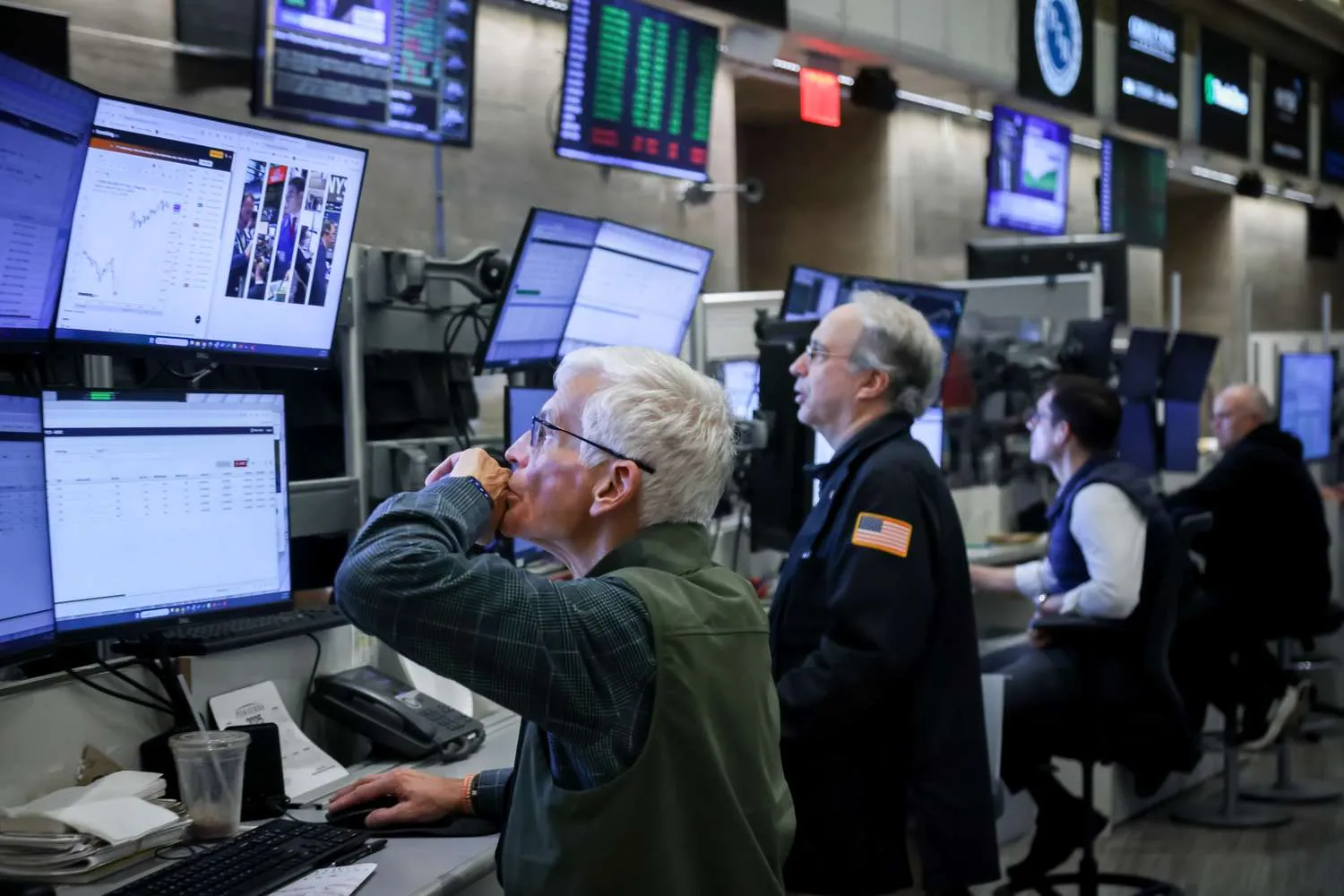Oil Prices Drop Further as Signs Point to an Oversupplied Global Market
Oil prices continued to slide Thursday, extending the previous session’s steep losses as fresh signs emerged that the long-anticipated global supply surplus has finally arrived.
West Texas Intermediate (WTI) crude edged lower, approaching $58 a barrel after tumbling more than 4% on Wednesday. Meanwhile, Brent crude, the international benchmark, settled below $63 per barrel. The downturn followed new data showing that worldwide oil supply exceeded demand during the third quarter, according to the Organization of the Petroleum Exporting Countries (OPEC).
Adding to the bearish tone, the U.S. Energy Information Administration (EIA) boosted its domestic production forecast for next year, now expecting output to reach 13.58 million barrels per day, up from a prior estimate of 13.51 million. The revised projection reinforces expectations that the U.S. will continue to be a major driver of global oil supply growth in 2025.
A crucial market signal underscored the shift in sentiment: the WTI prompt spread which measures the difference between immediate and future delivery prices briefly moved into contango. This pricing pattern occurs when near-term contracts trade below longer-dated ones, typically indicating an oversupplied market. Traders often interpret contango as a warning that inventories are building and that immediate demand is softening.
The return of contango marks a notable shift after months of tight supply and backwardation, a bullish structure that rewards holding prompt barrels. The change suggests that storage tanks may once again begin to fill, easing the supply constraints that supported prices earlier this year.
The combination of rising U.S. output, resilient OPEC production, and signs of waning demand has reignited fears of another period of excess supply. Analysts say the market’s focus has now turned to how producers will respond if the surplus continues to expand. Some expect OPEC and its allies, known as OPEC+, to revisit production targets in the coming months to stabilize prices.
Still, others note that global demand remains relatively steady, even if growth has slowed. The International Energy Agency (IEA) has forecast that oil consumption will continue rising modestly through 2025, driven by emerging markets and the ongoing recovery in air travel. However, that growth may not be enough to offset the wave of new supply coming from the U.S. and other non-OPEC producers.
The recent pullback comes after a volatile few months for crude markets, where geopolitical tensions, fluctuating demand forecasts, and production adjustments have fueled sharp price swings. The latest data-driven selloff appears to reflect a shift in market fundamentals rather than short-term sentiment.
For investors, the key question now is whether the recent slide represents a temporary correction or the beginning of a more sustained downturn. Much will depend on how inventories evolve in the coming weeks and whether OPEC+ signals a willingness to intervene.
Some traders see opportunity in the weakness, noting that prices around the high-$50 range could attract bargain hunters, particularly if global economic data begins to improve. But others remain cautious, warning that the combination of high inventories and slowing growth could cap any near-term rebound.
“The market’s message is clear supply has finally caught up with demand,” one analyst said. “Unless OPEC+ takes steps to rebalance, we could see further pressure on prices heading into year-end.”
With crude prices now near multi-month lows, attention is likely to shift toward upcoming production data and comments from key OPEC members. Any signal of deeper output cuts or stronger demand forecasts could help restore confidence in the market. Until then, the tone remains decidedly bearish, with traders bracing for more volatility as the supply picture continues to evolve.

Subscribe to our newsletter!
As a leading independent research provider, TradeAlgo keeps you connected from anywhere.








